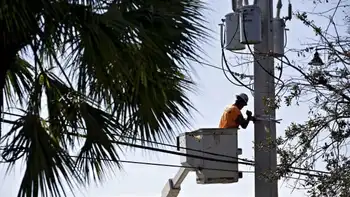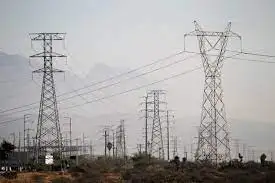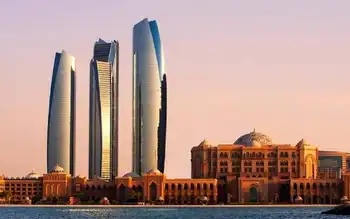Projects in developing world worth billions
By Industrial Info Resources
NFPA 70e Training
Our customized live online or in‑person group training can be delivered to your staff at your location.

- Live Online
- 6 hours Instructor-led
- Group Training Available
For developed countries, not all greenhouse gas reductions need to occur within their own borders.
The Kyoto Protocol provides the Clean Development Mechanism (CDM), which allows developed countries to invest in greenhouse-gas reduction schemes in developing countries in order to meet their own climate change obligations. Many of the countries classified as "developing" countries are located in the MENA (Middle East and North Africa) region.
Tunisia was ranked 77th in the world for 2006 greenhouse gas emissions, producing 23.13 million tons of CO2 that year. Tunisia's first CDM project began in 2006 and involved capturing methane produced in a landfill.
Tunisia's CDM potential is estimated between 20 and 30 projects. Two large CDM projects in Tunisia were funded by Canada. These included:
• The construction of five wind power projects with total output 340 megawatts (MW) and an emissions reduction volume of 13 million ton of CO2 for a period of 21 years;
• Four cogeneration projects with a total output of 23 MW and a reduction potential of 700,000 tons of CO2 for a 14-year period.
Egypt was ranked 29th in the world for 2006 greenhouse gas emissions, producing 166.8 million tons of CO2 that year. In July 2008, the World Bank funded its first CDM project in Egypt for a municipal solid-waste composting project. The project will avoid the generation of greenhouse gases in landfills by composting organic waste.
Additionally, construction of large-scale windfarms totaling 430 MW in the next nine years will save 2.5 million tons of CO2 emissions.
Egypt's Supreme Council of Energy approved an ambitious plan to have 20% of the country's electricity come from renewable sources by 2020, including 12% from wind energy.
United Arab Emirates was ranked 33 in the List of countries by 2006 emissions, producing 139.55 million tons of CO2. This year, the country announced a carbon capture and sequestration (CCS) requiring approximately $1 billion of investment. The project, which is scheduled to be completed in 2015 will capture carbon dioxide, which will then be used for enhanced oil recovery (EOR) operations, which involves the injection of CO2 into oil wells to increase output. The oil wells subsequently will serve as long-term storage for the CO2.











